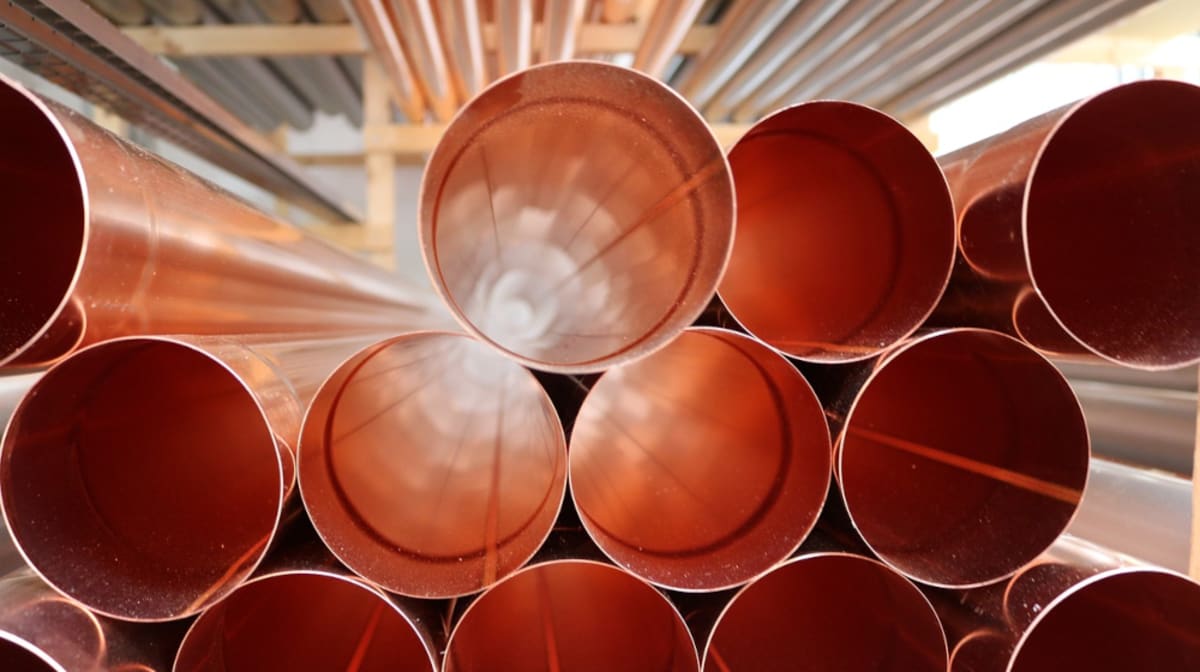New findings support the use of copper alloys in hydrogen environments

In collaboration with the Institute for Materials Science at Ruhr-University Bochum, the German copper association Kupferverband has unveiled new insights into how hydrogen interacts with copper alloys, highlighting their suitability for hydrogen applications. The study, now summarized in the newly published factsheet titled 'Kupferwerkstoffe und Wasserstoff' ('Copper Alloys and Hydrogen') demonstrates copper's potential to play a significant role in the emerging hydrogen economy.
The comprehensive test program aimed to explore how hydrogen affects the ductility and strength of copper alloys under realistic operating conditions. This investigation is part of the broader push toward achieving climate neutrality by 2045, as hydrogen is poised to become a key element of clean energy technologies.
Hydrogen compatibility and copper alloys
The tests focused on ten representative copper alloys, including pure copper (Cu-OFE), low-alloy copper (CuFe2P), brass (CuZn37), and bronze (CuSn8), among others. The samples were subjected to various tests including hydrogen charging at high pressure (275 bar) and high temperature (200°C) for 23 days to simulate prolonged exposure to hydrogen under harsh operating environments. Mechanical properties such as elongation and reduction of area were analyzed using the Slow Strain Rate Test (SSRT) to assess any changes due to hydrogen embrittlement.
The results were auspicious—the tested copper alloys absorbed only extremely small amounts of hydrogen and showed no reduction in ductility.
Key findings: copper as a safe material for hydrogen applications
The test program determined that copper alloys maintain their mechanical integrity and continue to exhibit excellent formability even after prolonged exposure to hydrogen. This conclusion was derived based on parameters like the Hydrogen Embrittlement Index (HEI), which compares the behavior of hydrogen-exposed samples to hydrogen-free reference materials. Values close to the ideal of 100% indicated that copper alloys had minimal negative interaction with hydrogen.
These findings position copper alloys as prime candidates for hydrogen-related applications, particularly in energy transportation, storage systems, and any industrial setups where safety, reliability, and resistance to hydrogen embrittlement are crucial.
Why these findings matter
With the global energy sector undergoing a radical transformation to meet climate goals, hydrogen is expected to substitute fossil fuels significantly. A major challenge in hydrogen adoption is the development of materials that can resist hydrogen's tendency to cause embrittlement, which can severely compromise material safety and integrity.
The study from the Copper Alliance shows that copper alloys could meet this challenge head-on, providing industries with a reliable solution that mitigates the risks associated with hydrogen exposure.
Download the factsheet
The complete findings, test details, and data are available in the factsheet in German 'Kupferwerkstoffe und Wasserstoff,' published in August by Kupferverband. This document offers crucial insights for engineers, material scientists, and decision-makers interested in sustainable hydrogen infrastructure.
You could be interested in reading:
Navigating the hydrogen pipes market
Mirror of the Markets: news from the tubes & pipes industry

